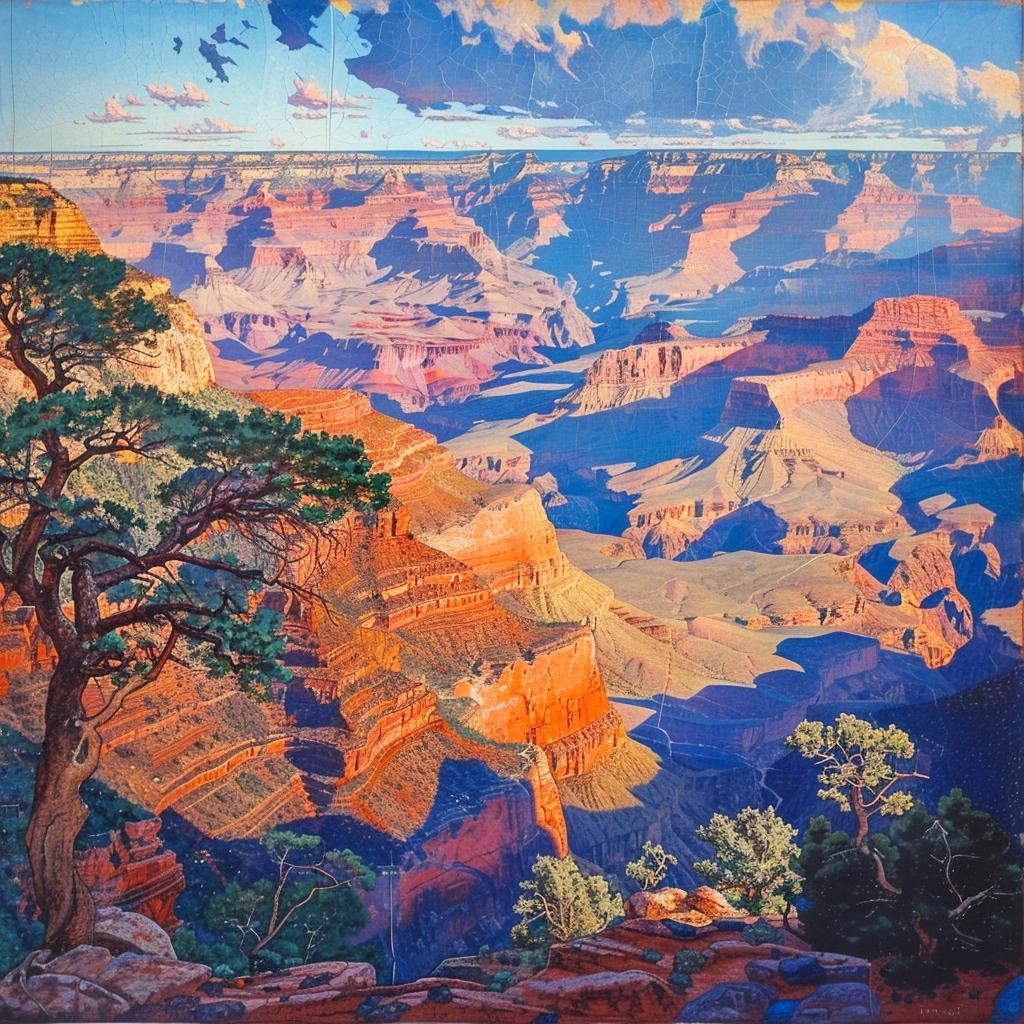Carved by the mighty Colorado River over millions of years, the Grand Canyon is a breathtaking natural wonder that leaves visitors in awe. This vast chasm, stretching 277 river miles long, up to 18 miles wide, and over a mile deep, is a testament to the power of nature and a true geological masterpiece.
Understanding the Grand Canyon’s Location
Situated in the heart of northwestern Arizona, the Grand Canyon is part of the iconic Grand Canyon National Park. This UNESCO World Heritage Site spans across the Coconino Plateau, a semi-arid region characterized by its rugged terrain, diverse flora and fauna, and ancient Native American history.
To reach this natural wonder, visitors can take advantage of several access points, each offering unique vantage points and experiences. The South Rim, the most popular entry point, is located just **60 miles** north of Flagstaff, Arizona, and **90 miles** northwest of the famous Sedona red rocks. Meanwhile, the North Rim, which is **30 miles** south of the Utah border, provides a more secluded and tranquil experience.
Exploring the Grand Canyon’s Stunning Landscape
As you gaze into the Grand Canyon’s vast expanse, you’ll be greeted by a breathtaking tapestry of colors and textures. The layers of sedimentary rock, **sculpted over billions of years**, reveal a striking palette ranging from fiery reds and oranges to cool grays and purples, creating a mesmerizing contrast against the azure sky.
The canyon’s intricate network of trails and viewpoints offer endless opportunities for exploration. The iconic **South Rim Trail** winds along the canyon’s edge, providing panoramic vistas that seem to stretch on forever. For a more immersive experience, consider hiking down into the canyon itself, where you’ll discover a world of hidden waterfalls, lush oases, and ancient Native American ruins that **whisper tales of a rich cultural heritage**.
- Bright Angel Trail
- Kaibab Trail
- Hermit Trail
Whether you’re a seasoned hiker or a casual nature enthusiast, the Grand Canyon’s diverse landscape promises an unforgettable adventure for all.
Planning Your Visit to the Grand Canyon

To truly experience the Grand Canyon’s majesty, careful planning is essential. The park is open year-round, but the weather can vary greatly depending on the season. Spring and fall are often considered the **ideal times to visit**, with mild temperatures and fewer crowds.
When planning your trip, consider your desired activities and accommodations. The South Rim offers a wide range of lodging options, from rustic campsites to luxurious hotels. The North Rim, which is typically open from mid-May to mid-October, provides a more serene and secluded experience, with limited amenities.
- Book accommodations well in advance
- Pack appropriate clothing and gear
- Obtain necessary permits for hiking or camping
- Plan for hydration and snacks
Please, check out more information about this topic in this video below:
I trust you found the video both informative and enlightening.
Should you have enjoyed the content, I warmly encourage you to scroll down and delve into additional resources full of valuable tips and insightful knowledge.







